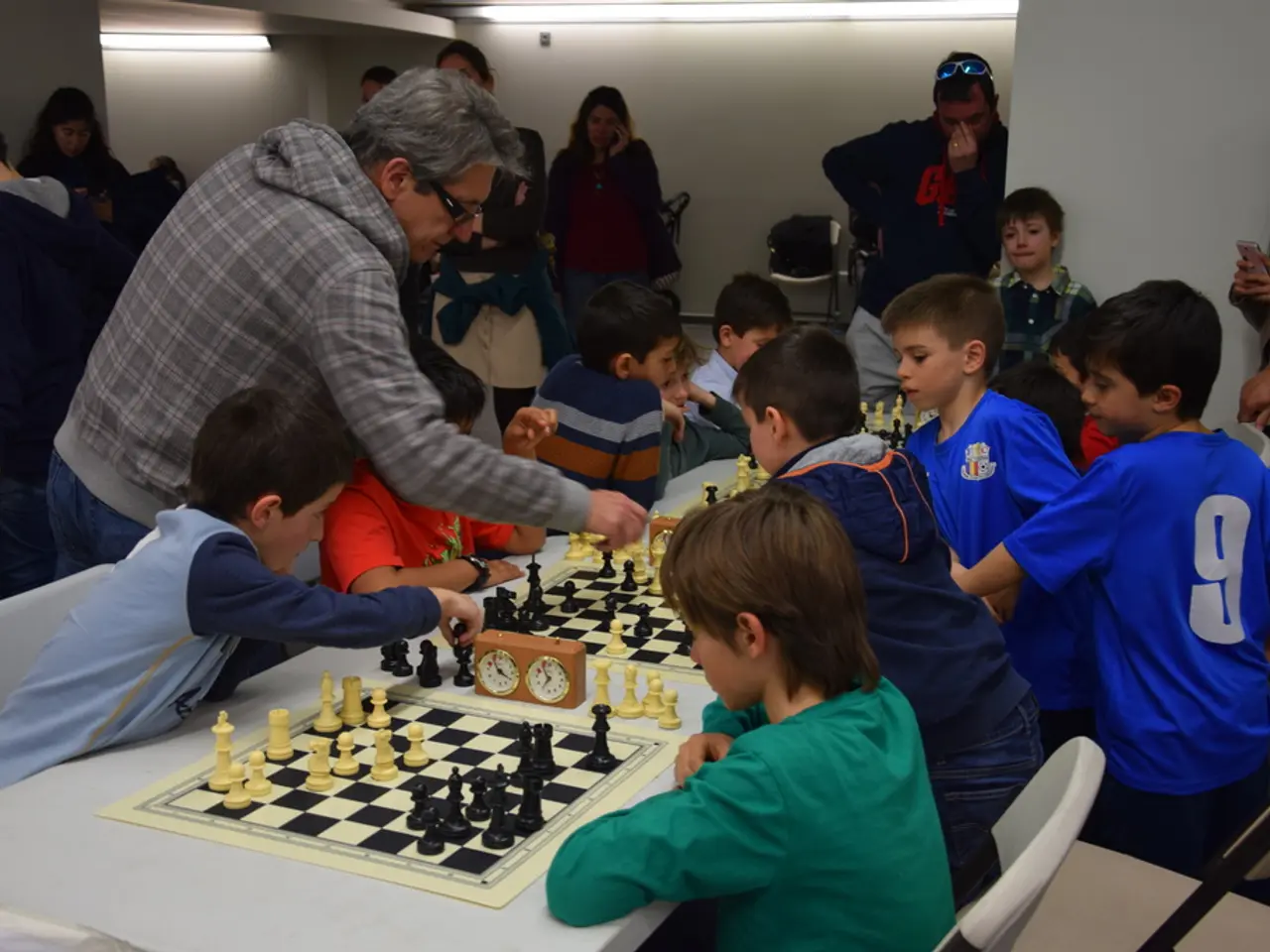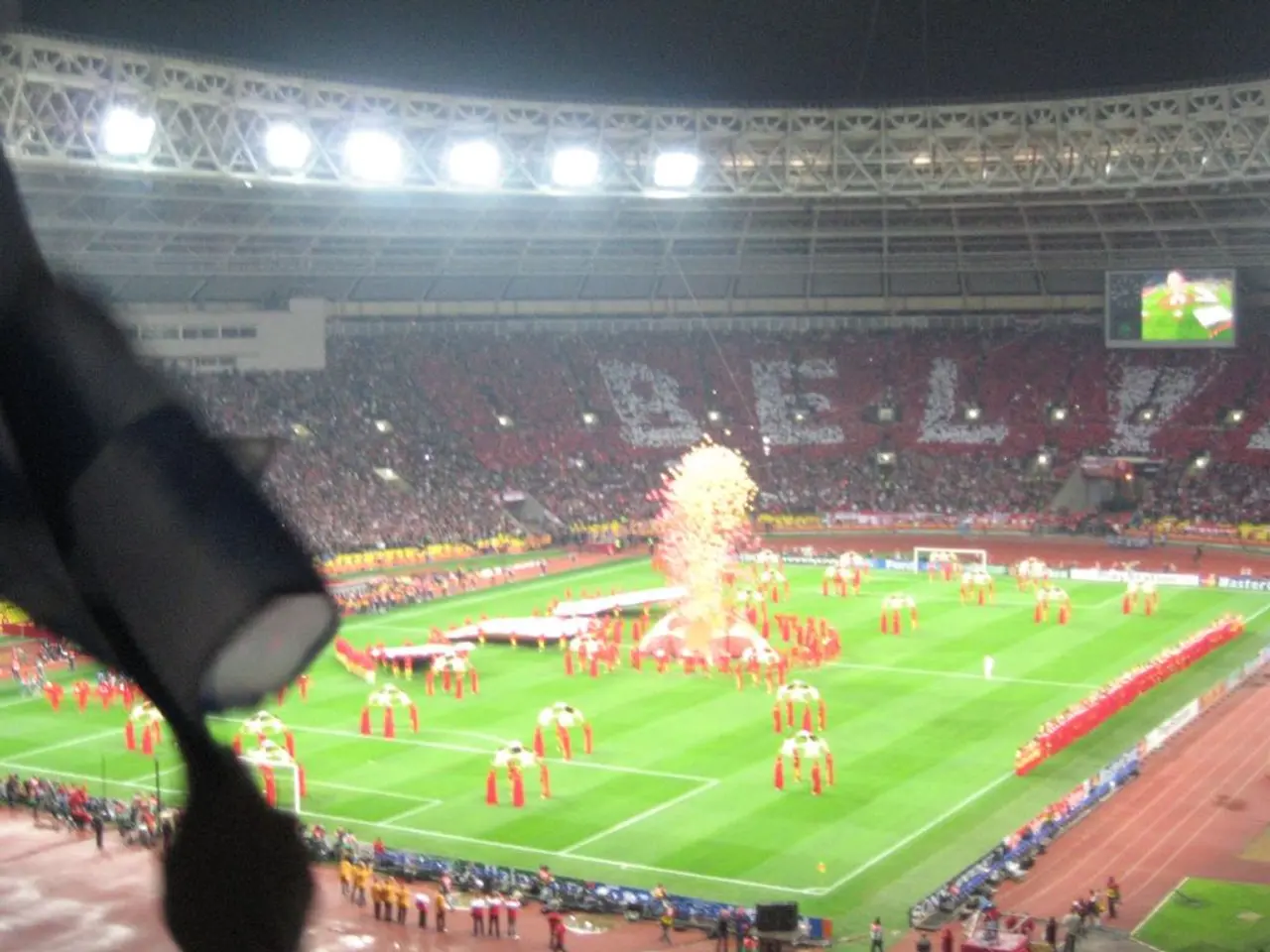NBA's Contemporary Era: A Land Unfavorable for Short Players
Shrinking Opportunities for Short NBA Players
The landscape of the NBA has drastically shifted over the years, leaving shorter players stumbling to find their place in the league. While towering titans still reign supreme, earning the majority of MVP awards in NBA history, the role for smaller players, the point guards, has become significantly scarcer.
In the past, little men like Bob Cousy, John Stockton, and Chris Paul, worked their magic, leaving the crowd in awe despite their non-imposing physiques. But, in recent years, shorter players have faced a steady downfall—a trend that has been anything but sudden.
In the 2019-20 season, players 6-foot-3 or shorter accounted for 22% of all regular-season minutes, a percentage that dropped dramatically to just 16% the following season. And it's not just about getting a chance to play. Smaller players are no longer initiating plays like they once did. Just five years ago, 38% of the time the ball was possessed, it was by a player 6-foot-3 or shorter, according to NBA tracking data. Today, that figure has dwindled to a mere 27%.
The decline in small players' opportunities isn't solely due to raw data or sudden popularity of taller players. The NBA standardized official height listings in 2019-20, requiring players to be measured without sneakers, reducing the average league height listed on NBA.com by about three-quarters of an inch. However, this change didn't mark a sudden surge in tall players entering the league but rather continued a long-term, multi-decade trend.
Even the shortest of the short have struggled to make an impact. In the 2022-23 season, only one player under 6 feet saw court time—Memphis Grizzlies' Yuki Kawamura, who logged 83 minutes in total. Contrast this with the 1999-00 season, where 10 players 5-foot-11 or shorter played significantly, collectively accounting for 3% of all NBA minutes despite inflated height measurements back then.
So, what's causing the shift? Both offenses and defenses have evolved to favor taller players, making it more difficult for smaller players to compete. Offenses have become more geared towards "switch hunting," or setting screens with the specific purpose of forcing a switch and creating a mismatch. This approach necessitates defenders who can guard a variety of positions, which has favored taller players.
Defensively, the rise of switching screens as a defensive strategy has sent little guys to the bench or to the G-League. This approach prevents on-ball defenders from being left behind the play, but it requires defenders who can guard a variety of positions to avoid mismatches after switching.
On the flip side, modern, more skilled big men can grab a rebound and dribble it up themselves, making the traditional point guard role, which involves bringing the ball up every play and getting the action started, nearly obsolete.
While the role for shorter players has become slim, there are still some shining examples of their resilience and determination. In the 2023 NBA Finals, the Indiana Pacers' Tyrese Haliburton, a 6-foot-5 guard, and the Oklahoma City Thunder's Shai Gilgeous-Alexander, a 6-foot-6 guard, demonstrated that even shorter players can thrive in the league.
However, the future looks bleak for smaller players as more and more draft prospects enter the league with an unprecedented combination of size, quickness, and skill. It remains to be seen if there will ever be a significant resurgence of short players in the NBA.
People witness a decline in the presence of shorter players, particularly point guards, in the NBA, despite their historical contributions to the league, such as Bob Cousy, John Stockton, and Chris Paul. In the recent seasons, the number of minutes played by players 6-foot-3 or shorter has decreased significantly, from 22% to 16%, and the possession time has dropped from 38% to 27%.







